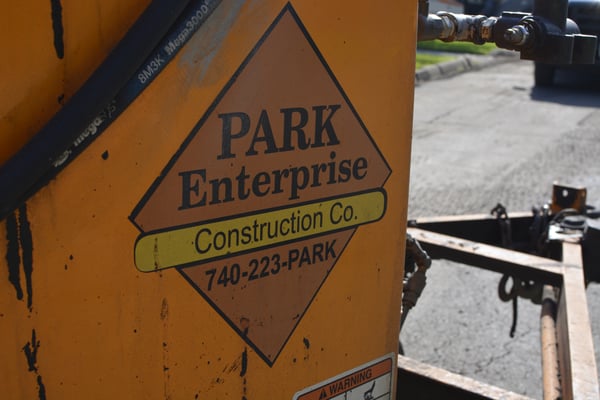
You’ve likely heard about how roads, homes, and buildings are being built to be smarter and greener.
This is good, but there are still a bevy of sustainability issues that must be addressed with the byproducts that create this infrastructure -- construction materials, equipment, and practices.
Why Employ Green Construction Methods?
Known as construction and demolition – or C&D – materials, this debris makes up a significant portion of the overall waste stream. Common C&D materials include:
- Concrete
- Wood
- Asphalt
- Metals
- Brick
- Glass
- Plastics
- Gypsum
Noting the large amount of C&D materials involved and the prospect of an increase in U.S. construction moving forward, several new trends have emerged to help make construction “greener.” Let’s take a look at some of them.
Green Initiatives in Construction
Some initiatives go beyond the debris itself, and span the practices and equipment that create the debris.
Anti-idling Policies
While idling is necessary in some cases, excessive idling can greatly increase air pollution. Environmental concerns aside, it is all around inefficient to idle for longer than necessary; as it pertains to the vehicle, idling can increase fuel costs, and accelerate wear and tear on an engine. It’s estimated, in fact, that an hour of idling wastes about a gallon of gas.
Many municipalities around the country are adopting anti-idling ordinances, which restrict how much a construction crew’s vehicles can idle on a job site.
Anti-idling laws in Ohio have always been strict, and have often captured news attention. These laws apply to all citizens, and construction companies are not exempt from compliance.
Recycling Asphalt and Other Materials
When it comes to things like repaving or resurfacing jobs, existing asphalt is able to be recycled and made into RAP, which stands for “reclaimed asphalt pavement.” Asphalt has always been a 100 percent recyclable material, but today’s material processing technologies now enable a greater amount to be re-processed.
Recycling asphalt minimizes the need for quarrying, mining and oil consumption compared to producing brand new asphalt.
Other benefits include:
- Reduced transportation costs
- Reduced labor costs
- Less asphalt is discarded in landfills
On a related note, rather than discard C&D debris in an on-site dumpster, the likes of wood, brick, and carpeting can largely be recycled today
ICYMI: Here is an article focusing extensively on the benefits of asphalt and concrete recycling for both you and the environment!
Robotics
One of the challenges at MRFs (materials recovery facilities) is that items need to be sorted accordingly to be recycled. This is a big challenge when it comes to manpower.
That’s where robotics can play a role, as they’re able to offer faster and more accurate sorting in MRFs. Robots can also sort materials around the clock and beyond normal business hours -- making green construction material recycling initiatives even more efficient.
Adhesives and Coatings
Green construction doesn’t just necessarily reflect recycling C&D debris. Being “green” can also consist of the products and materials used in construction.
One that’s trending is low-emission adhesives and coatings, which don’t release any noxious fumes or foul odors following application.
Ohio Environmental Regulations
In Ohio, only about 18 percent of all waste is recycled. That’s compared to about 9 percent that’s composted, with the remaining 73 percent going to a landfill. In 2001, Ohio’s State Plan ambitiously sought to achieve a 50 percent recycling goal by 2005. It’s 2018 and that goal isn’t close to being accomplished.
According to the Ohio EPA, in order to improve recycling rates, a statutory mandate may be necessary in the next update to Ohio’s State Plan, where an increase in recycling and tons recycled isn’t just encouraged, but required.
Choose a Contractor That Recycles
Not only is recycling construction materials good for the environment, it’s good for you too. When you choose an experienced contractor that emphasizes green methods, benefits include:
- Money saved on materials
- Cleanup is more convenient on your property with mobile grinding and crushing
- Your local environment does not have as much air pollution from idling
Find out how construction recycling can transform your next project.



